Possibly my 🏆 #1, most favorite way to increase the interest in a lesson is to simply remove the built-in examples in a lesson and replace them with some kind of classic.
A classic may immediately bring to mind old works: Shakespeare, Beethoven, and Da Vinci. And those are indeed important! Use them.
But I’d say that The Wizard of Oz is a classic. The Lord of the Rings is a classic. Hokusai’s painting of The Great Wave is a classic. The Beach Boys are a classic!
Classics are things that are culturally important. They could be stories, films, songs, paintings, photos, and so on. Classics are referenced constantly in daily conversation as well as in other creative works.
Dorothea Lange’s photo Destitute Pea Pickers in California. Mother of Seven Children is a classic. Our students are going to see it, as well as see references to it, countless times in their lives.

What’s The Point!?
Why do I think it’s so darn important to embed classics into lessons?
1) We get away from the deadly boredom of low-level textbook examples and into the incredible richness of great works. A classic opens up delightful options for further exploration. When students get ahold of a classic, there’s no asking, “What do I do with my early finishers?“.
Just think about that photo of the dustbowl above. Kids could go on to investigate the photographer, Dorothea Lange, or the woman in the photo, Florence Thompson. They could explore the Dust Bowl. They could learn about black and white photography or portraiture. They could compare and contrast this portrait with others. They could form an opinion about what makes for a great portrait. They could take their own portraits! Honestly, the sun will burn out before I run out of things my class could do with just this one classic.
2) We expose students to important ideas. Yes, some kids get to go to museums, ball games, monuments, the theater, etc with their parents. Some don’t! Those kids are put at an invisible disadvantage.
If you reference Shakespeare or The Beatles or The Great Wave and one kid clearly gets it and one kid definitely doesn’t, the first child simply seems “more educated.” If a kid references an I Love Lucy episode, you, as an adult, are going to get a kick out of that kid! Being fluent in classics helps a person to communicate and engage with others. When they go to create something, they have a richer palette to draw from.
Purposefully exposing students to classics helps even out some of the advantages students have.
3) It’s dang fun. I swear, these are the kinds of things that prevent burnout in teachers as well as students. Discussing rich works of art simply feeds the soul. Kids remember it.
Right before winter break, I’d show parts of It’s A Wonderful Life to my class. For the rest of the year, my 21st-century kids would bust out Jimmy Stewart impressions and say “I’ll give you the moon!”
Classics That I Used
In my class, I tried to bring in a classic at least once a week:
- I used Abbot and Costello’s “Who’s On First” skit to lead into the dangers of ambiguous words.
- We watched Lucy and Ethel eat chocolate and compared it to Charlie Chaplin’s similar skit from Modern Times as a starting point for discussing an “homage” versus “plagiarism.”
- I introduced many of my students to The Beatles when I taught that “causes can lead to unexpected effects.”
- Over at Byrdseed.TV, I’ve developed a bunch of writing prompts using interesting artwork as a starting point.
- We’d practice reading skills like “inferring” using art as well.
We’re living in an unparalleled time when we have immediate access to nearly any great song, film, skit, painting, photo, piece of architecture, classic TV show, and so on. Let’s use that to our advantage.
